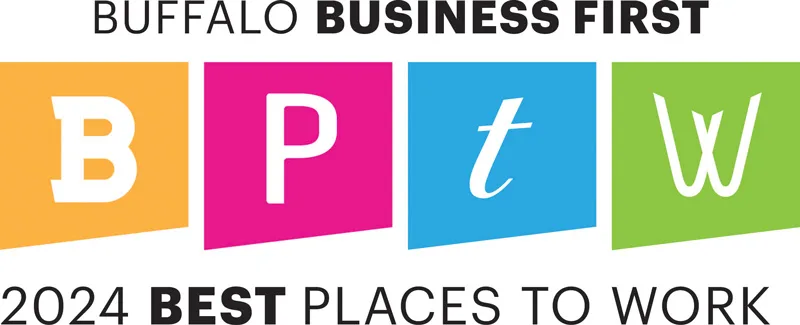The pharmaceutical industry is in the middle of a dynamic shift that shows no signs of slowing down. Traditional drug pipelines are now increasingly dominated by specialty drugs, many of which carry a six-figure annual per-patient cost.
These drugs have become a driving force behind pharmaceutical expenditure for employer groups and present a challenge for containing costs. In addition to the substantial expense of these drugs, they often fall under the medical benefit where rebates are not as easily realized by payers, rather than the pharmacy benefit.
But plan sponsors who know where to look and what questions to ask their medical carrier or third-party administrator still have opportunities to save money. As the Food and Drug Administration’s approval pipeline becomes increasingly populated by specialty drugs, it’s critical for all employers to explore medical rebate opportunities, where they can, to mitigate costs.
A flood of specialty drug approvals
FDA approvals of specialty New Molecular Entities have surged in recent years. In 2023, nearly 80% of the 2023 pipeline for FDA approvals consisted of these specialty medications.
Advancements in specialty drugs hold promise for patients with certain diseases but can cause difficulties for plan sponsors. The higher cost of incoming specialty drugs, and their markups, will continue to strain budgets. This will lead to increased premiums, deductibles and out-of-pocket expenses for employees or members.
See the full article by AlignRx COO Greg Sanderson on InsuranceNewsNet.

